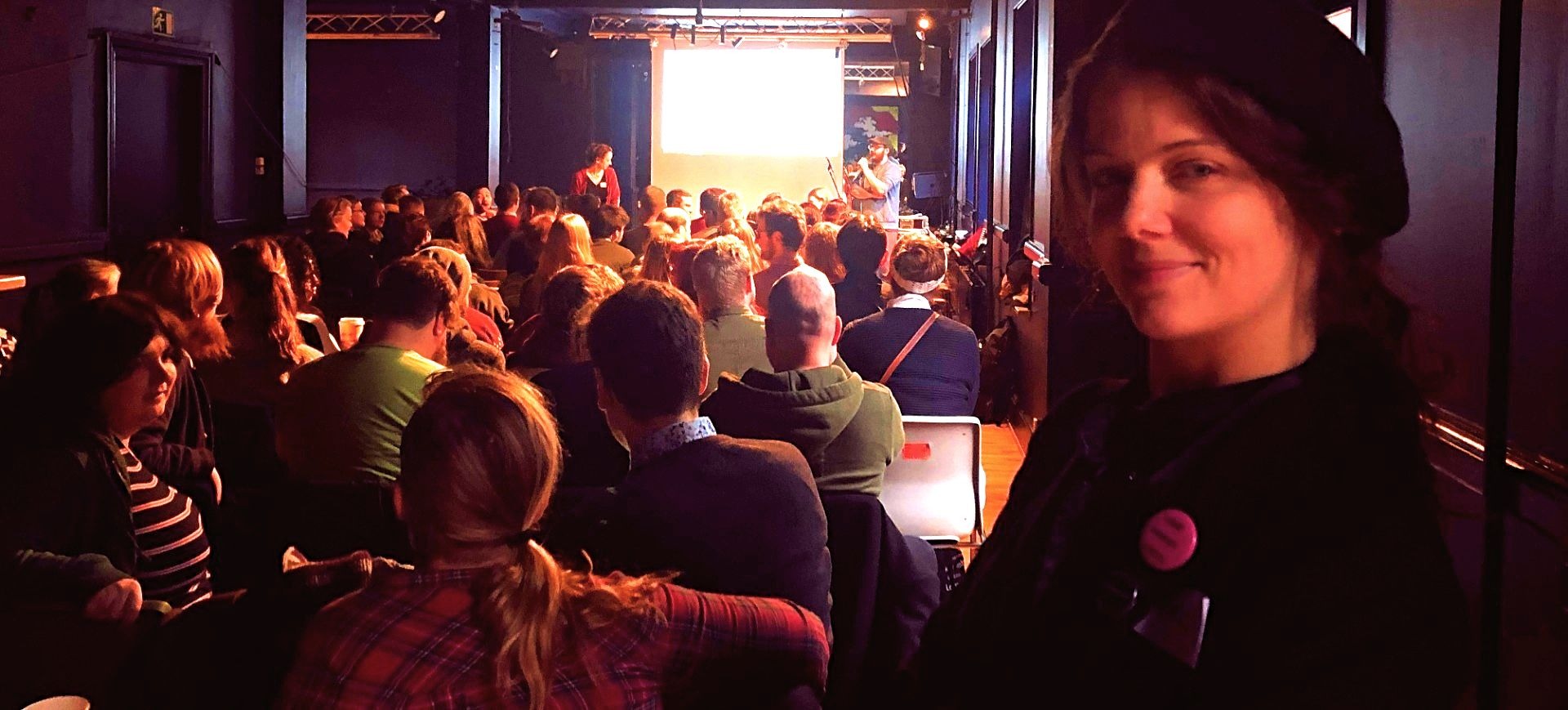Author: Charles Bo Nielsen

-

Overview of Edu-Larp Conference 2019
Edu-larp can be described as implementing live-action role-playing games in formal or informal educational contexts, “used to impart pre-determined pedagogical or didactic content” (Balzer & Kurz 2015). The aim of the Edu-larp Conference 2019 was to present and discuss recent international research as well as share best practice examples or innovative formats of edu-larp.The first
-

Loyalty to Character
in
Ask not what you can do for your character, ask what your character can do for you? Charles Bo Nielsen looks at how we perceive and use characters in larp.